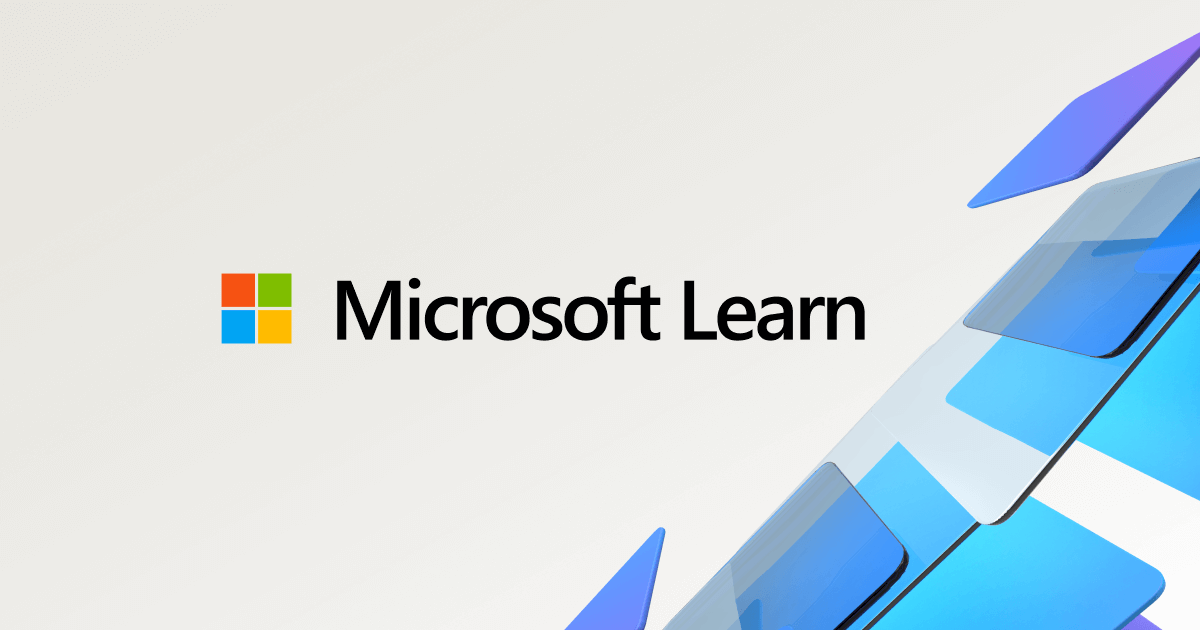After putting off updating to Win11 on a number of machines I've now decided it's time to sort it out. A couple of machines are older laptops and wouldn't pass the hardware test for Win11 but I'm going to follow the advice on her to get round that.
However, I have also read a few articles and seen on YouTube many people advising that 23H2 is better than 24H2. Not sure why that would be the case but does seem like there were some big changes with 24H2 which perhaps a lot of people weren't happy with.
I've often stuck with "older" versions of some of my favourite software in the past rather than upgrade, mostly as the old version was familiar and I didn't need new functionality so am interested in views on 23H2 vs 24H2.
The two methods that work in both 23H2 and 24H2 versions, are:
a) Download the official ISO and create a patched USB flash drive with Rufus. Select all options to bypass compatibility check when prompted. Start Setup from the USB to upgrade.
or
b) Download the official ISO and mount it (aka Open with File Explorer). This will create a virtual DVD-ROM drive and open to show the ISO contents. See the drive letter of the virtual drive (say D). Press WIN+X to open a list of tools and select Terminal (Admin) (or Command Prompt or PowerShell, whichever is there). Run this command to bypass compatibility check:
D:\setup /product server Replace D with the appropriate drive letter.
In both cases to avoid a hidden online compatibility check and other issues caused by Windows Update (even if you select not to install updates during setup), make sure you are disconnected from the internet during the whole upgrade process. Connect again after you have successfully upgraded to activate.
PS: Some of us had issues upgrading with all our disks connected. If you have two or more hard disks you may need to disconnect all the others and leave only the Windows disk to upgrade.
Differences between 23H2 and 24H2:
Windows 11 23H2 is compatible with all 64-bit CPUs except the first generation AMD 64 CPUs which lack some specific instructions. All you need is bypass compatibility check to install and at least 2GB RAM (don't try with 1GB it might be possible, but not worth it, 2GB is slow enough) and 30GB hard disk space. Officially it needs at least 8th generation Intel Core-i3 or higher or 2nd generation AMD Ryzen or higher, 4GB RAM and 64GB disk, TPM 2.0, UEFI firmware and Secure Boot. All of these can be bypassed and install on a Legacy BIOS (not UEFI) system without TPM without Secure Boot.
Windows 11 24H2 demands Intel or AMD 64-bit CPU with the SSE4.2 instruction set. This means at least 1st generation Intel Core-i3 or equivalent AMD CPU. This means our old Intel Core 2 Duo and Core 2 Quad laptops (and desktops) don't support 24H2 and we are stuck with either Windows 10 22H2 64-bit or Windows 11 23H2. Not too bad, both are still VERY useful and I believe they will be some years after EOL, provided we don't want access to new features or support for new hardware.
So based on your system hardware you can upgrade from Windows 10 to Windows 11 24H2 directly, or at least to 23H2. Do it, don't worry, we are here to help you. Windows 10 64-bit and 11 share the same drivers and for older systems you can use any 64-bit drivers, even Vista 64-bit. Of course the newer the better. The exception are the Intel graphics drivers for Windows 7 64-bit that are locked by Intel to install only in Windows 7 64-bit. For some Intel graphics cards there are third-party hacked Windows 7 drivers without this version check that can be installed in Windows 8/10/11. Just ask us.






